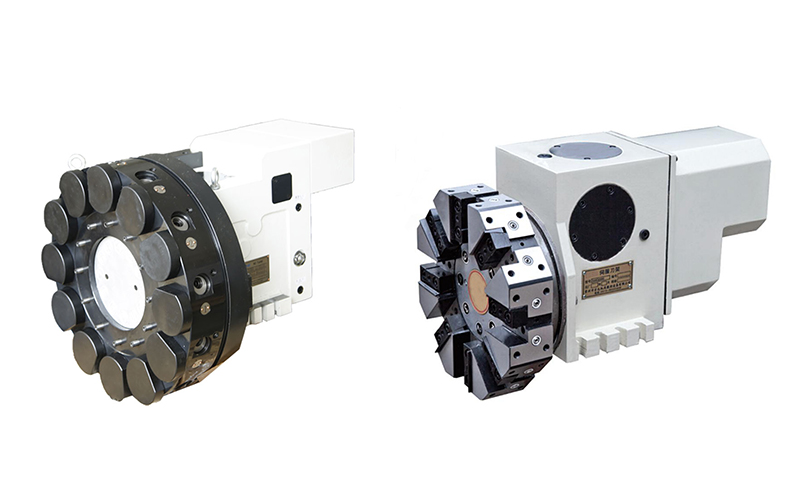Jul. 01, 2024
Servo turret function requirement analysis, signal address, system interface signal, tool position information feedback.
Tool holder alarm information output, tool change mode selection, target tool position selection,
interface signal definition. Operation signal wave. System control flow chart, PMC control program compilation. Constant "1" and "0" signal generation.
Emergency handling procedure, interlock signal, tool holder zero return, operation mode selection, tool change control program in automatic mode.
Alarm information display, experimental verification, program compilation, online debugging, hardware connection, PMC import, run PMC program.
Usually when the servo turret changes the tool, before the tool disc rotates to the next specified tool number,
in addition to the shaft connector group inside the tool holder being disengaged from each other,
the tool holder power drive shaft also needs to be disengaged from the tool holder drive shaft,
so that the tool disc can rotate to the next specified tool number position.
After the tool disc rotates to the next specified tool number position, the shaft connector group inside the tool holder is meshed and positioned again,
and the tool holder power drive shaft is meshed with the tool holder drive shaft again.
In this way, the tool holder can use the internal hydraulic cylinder to stably engage and position the shaft connector group to receive the cutting force from the tool seat.
The milling axis can be driven by a servo motor or a spindle motor.
The power is transmitted to the milling axis of the tool turret through the transmission organization inside the tool turret.
Then, through the connection between the milling axis and the transmission interface of the tool seat mentioned above,
the motor power is transmitted to the tool seat, and then to the tool for milling processing.
This is the tool change process of the power tool turret and the process of power transmission of the milling axis.
Most of the current servo tool turrets use a three-piece shaft connector.
The three-piece structure has good waterproof and chip-proof properties. When changing the tool, the tool disc only needs to rotate without axial push-out and pull-back actions,
which is conducive to shortening the tool change time and the organizational planning of the servo power tool turret.

Previous: What Is a Collet Chuck?